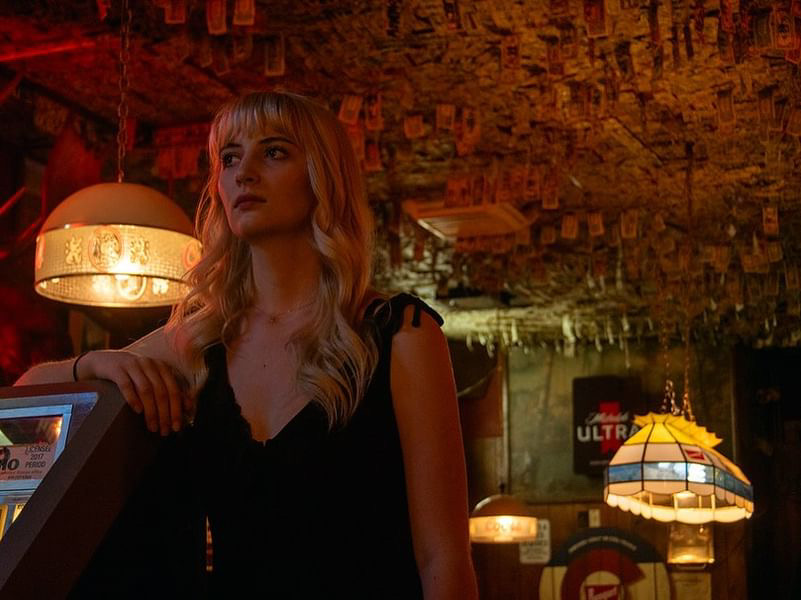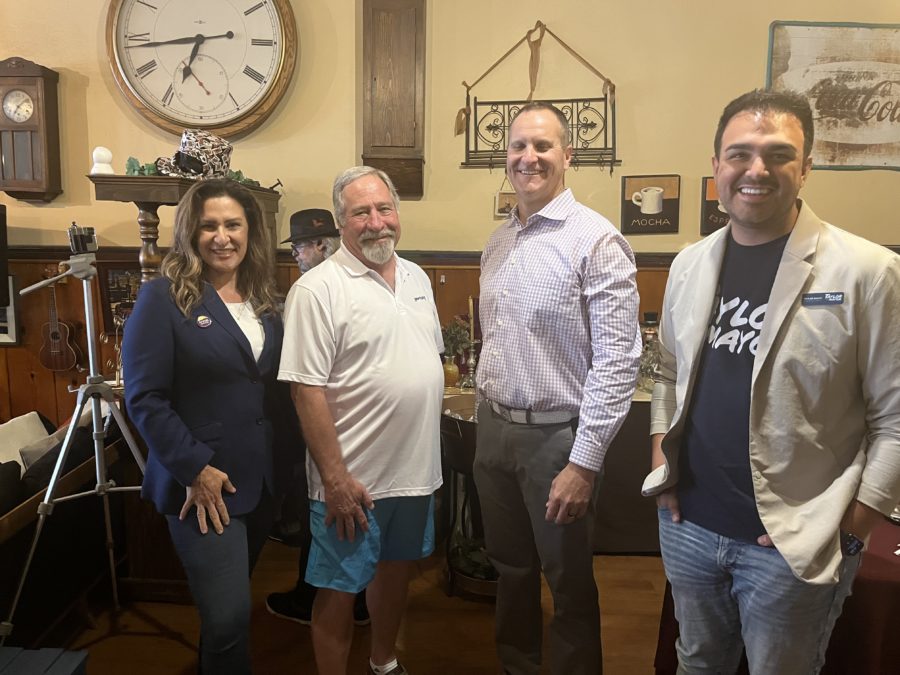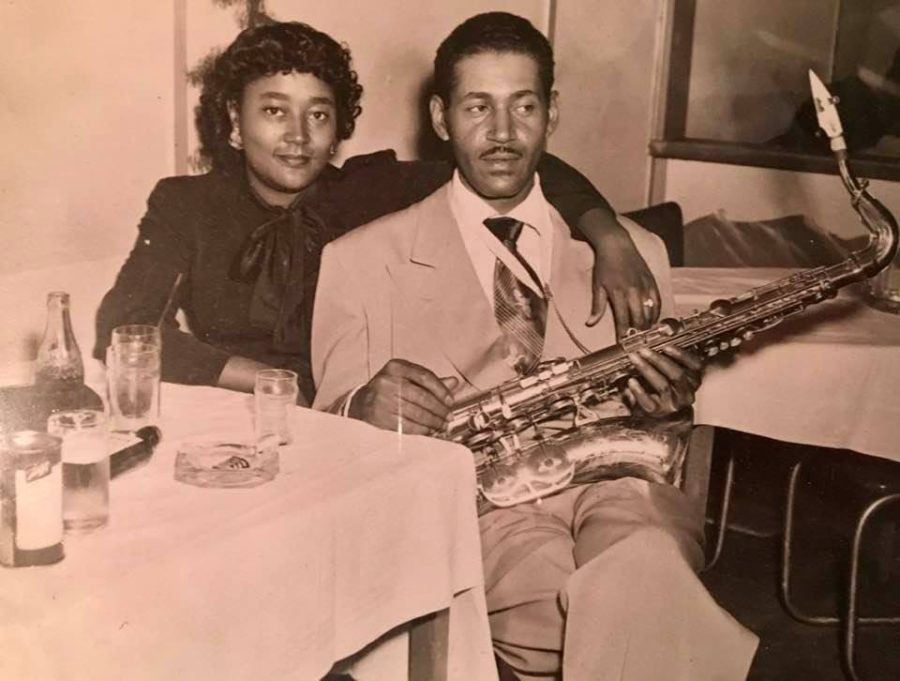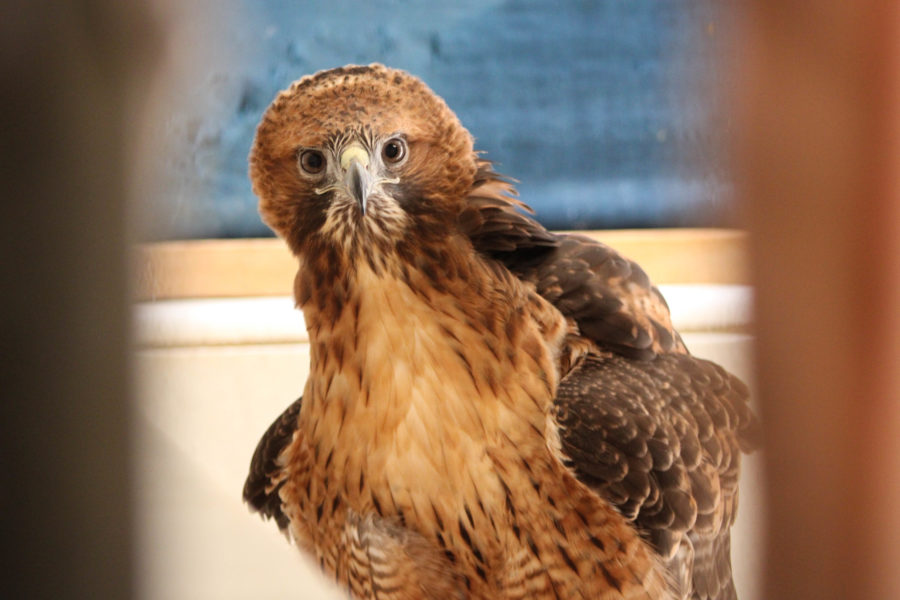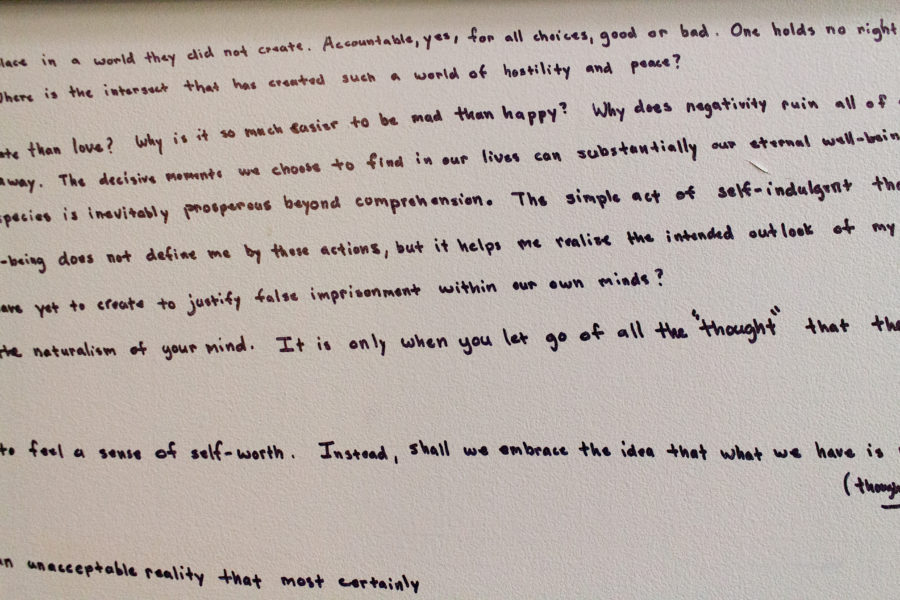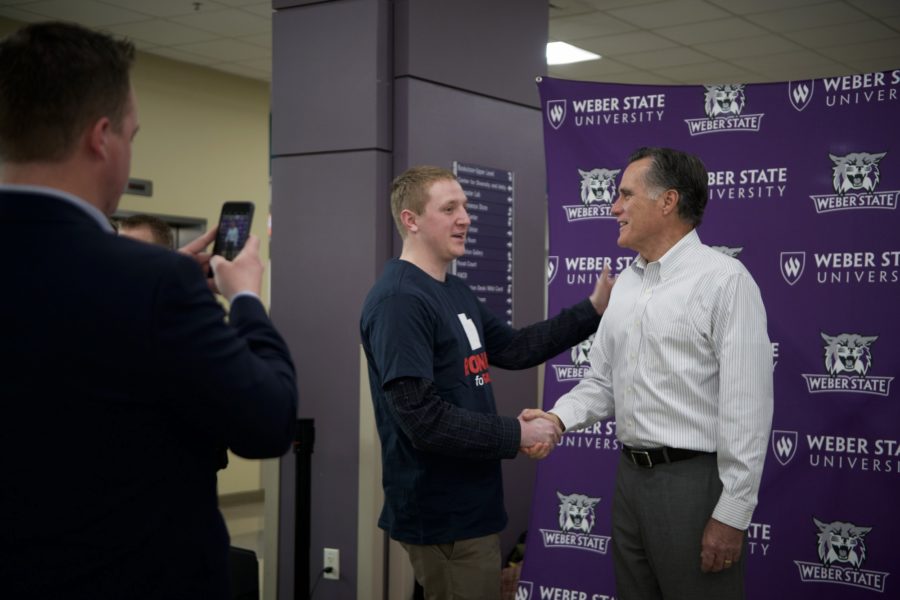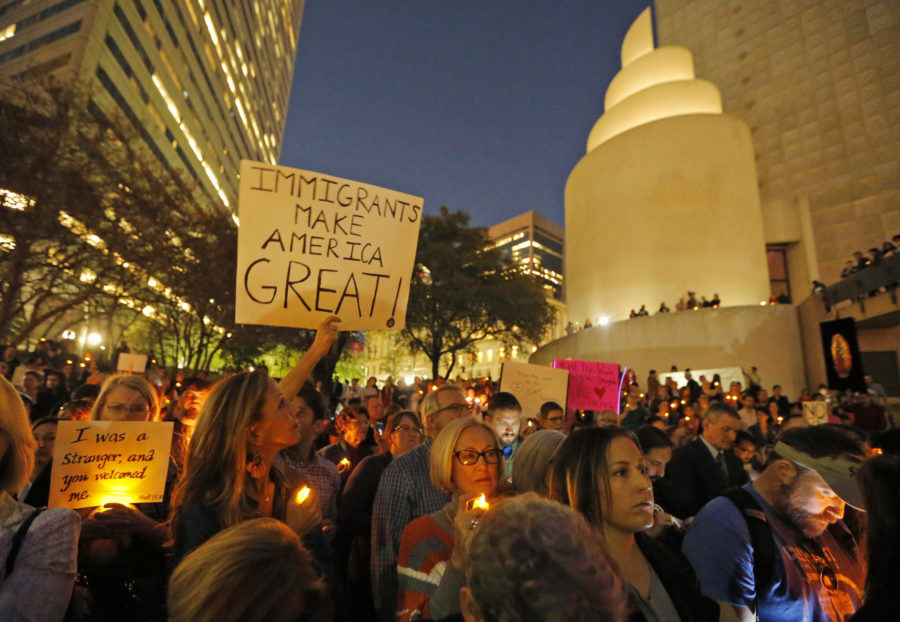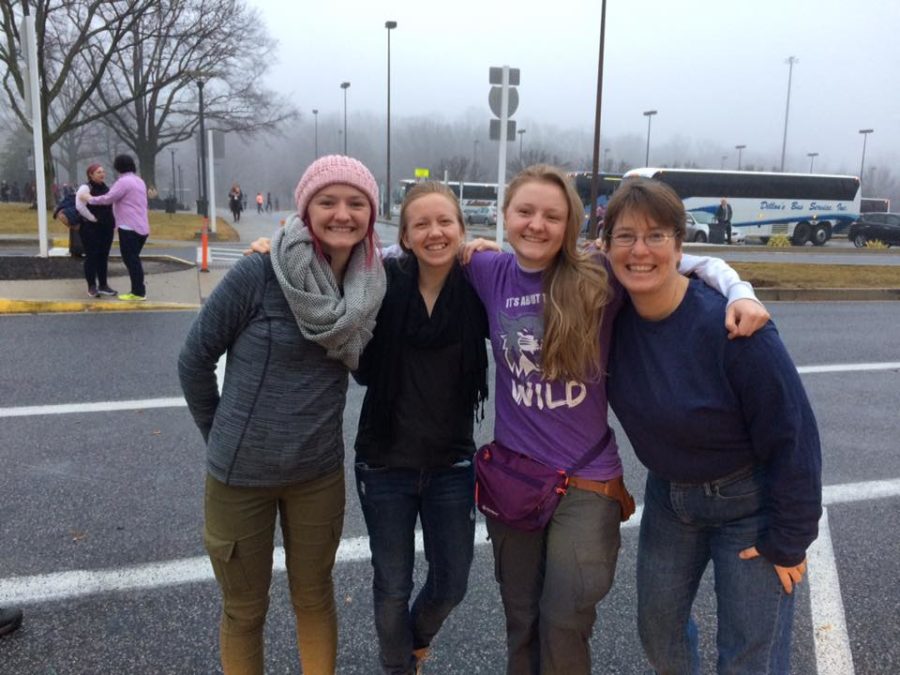
Sitting in a small, homemade trailer, 2010 Weber State University physics graduate John Metcalf carefully turned the frequency dial on the HAM radio.
“CQ field day. CQ field day. This is Whiskey Sierra Uniform. Over,” he said.
Eerie static filled the room as the electronic signal of Metcalf’s call bounced to the top of the 40-foot antenna in the middle of Marriott Park and transmitted out into the world.
“WSU, we copy. We are 4 Alpha Orange,” a distant voice answered back.
For nearly 100 years, local “HAMs” like Metcalf have taken part in the American Radio Relay League’s amateur Radio Field Day. The annual, worldwide event runs for 24 consecutive hours and serves to celebrate worldwide friendship and local public service.
“We come camp out here every year and compete with other clubs to see how many (new) contacts we can make in 24 hours,” said Gil Leonard, vice president of the Ogden Amateur Radio Club. “Winner gets bragging rights for an entire year.”
Many of members of OARC had already established contact with other HAMs all over the world.
“I’ve talked on a HAM radio with people in Germany, Italy, you name it. It’s really cool,” said OARC member Alan Morris. “I used to use it to keep in contact with my buddies and my family while I was in the military.”
But Larry Griffin, president of the club, said being a HAM is not just a hobby.
“One of the most important aspects is to provide radio service during emergencies,” he said.
Griffin said it was due to the many HAM radio operators working together during recent events such as the Boston Marathon and 9-11 that many lives were saved.
“All the cell phones were jammed during the marathon because they thought that was how the bombs were being set off,” said club member Val Campbell. “All the smartphones couldn’t pull up the Internet, but HAM radio operators were able to help block off streets and organize the police.”
During Hurricane Katrina, Morris was able to relay communications to other states and helped organize one of the first supply deliveries to New Orleans.
“I knew about Katrina before it even finished happening,” Morris said. “I knew that the water was coming in faster than they expected long before most of the residents even knew.”
HAM membership and application for licensing has nearly tripled since 2006. There is no definite answer, but Campbell said he believes it has a lot to do with individuals and families wanting to be prepared for emergencies.
“People realize that their dependence on everyday technology can only go so far,” he said. “Local communities are now requiring at least one person in each neighborhood to have a HAM license.”
Ogden resident and OARC member Ken Wilson said that many of the club’s members learned how to operate a HAM radio while serving in the military or in a class at school, but that a formal training was no longer required.
“You used to have to know Morse code and take classes to get a license, but you don’t anymore,” he said. “Now you can just pick up a book and learn about HAM radio and then go take a test.”
Campbell said he believes being a HAM is becoming “cool” again.
“It used to be the nerds that became HAM operators. If it hadn’t have been for cell phones and computers, the nerds would still (just) be HAMs. But there are a lot of people that want to be more now.”
Campbell said social networks such as Facebook or Twitter are good for getting news out quickly, but that they will never replace HAM operators.
“We run on radio waves,” he said. “Those don’t just go down because the power is out.”
Back in the trailer, Metcalf and Leonard had already received a page full of new transmissions.
“Arizona,” Metcalf said, quickly scribbling down the call sign’s location.
“We don’t have him yet!” Leonard said.
Turning the dial slightly, Metcalf responded, “Arizona copy. New contact. 73. Over.”
“73 WSU. Best regards. Over and out.”



